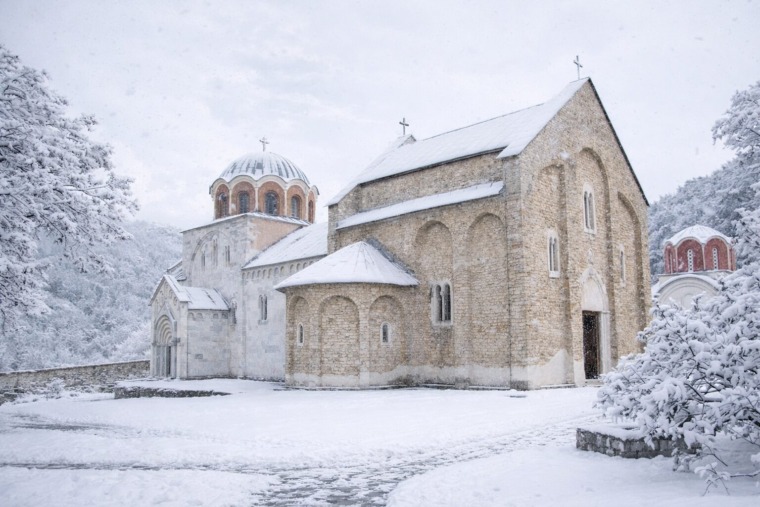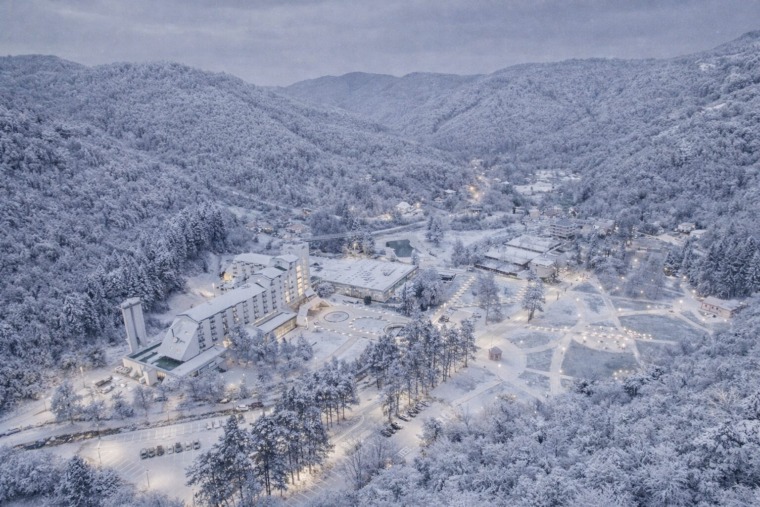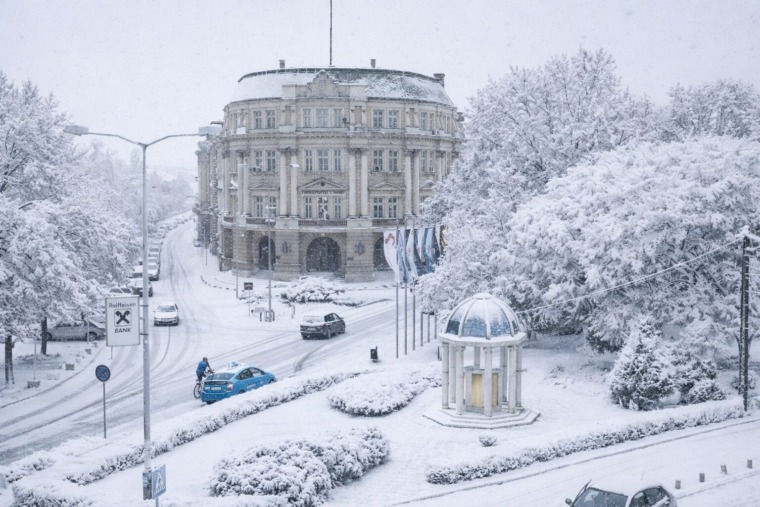

While the facades are covered with “pepper wreaths” of red on the winter October sun, and almost every family member is in the garden carefully tiding and sorting the famous product from Lokošnica, the scent of sweet and tasty peppers is filling the air. This is how the autumn in the village near Leskovac looks like, in the place where the best minced pepper in Europe is produced.
First autumn days in Donja Lokošnica, the village in the South of Serbia, bring the fairytale which make everything turn red. Trying to plant the seed of the Lokošnica pepper in any other place, many of them have been carrying it outside the Serbian borders. However, there wasn’t a place better than Donja Lokošnica for the life of this two hundred years old seed. It is about the mutual love, after all. Residents of this place have dedicated their lives to growing and producing it, and it gave the fertility and wealth to their land in return.
Businessmen who mix their product with flour and other additives and then sell it by lower price, give the residents trouble and the placement in the market. The first problem residents of this village near Leskovac have solved by labelling the smashed pepper.
Donja Lokošnica is known by the “Days of Peeper”, traditional manifestation where many competitions in baking, peeling and preparing the dishes with pepper are held.
 This interesting event gathers all of the residents of the village and around it and that’s when the real competition begins. For the most exciting competition is considered the one in stringing the peppers.
This interesting event gathers all of the residents of the village and around it and that’s when the real competition begins. For the most exciting competition is considered the one in stringing the peppers.
That’s where the experience, handiness, knowledge and skills are shown the best.
With a help of a large needle and hard thread, over the hundred peppers have been strung from minute to minute. There is only one winner after all. Three years in a row it is Vesna Milojković who managed to string a hundred peppers in a bit more than three minutes. Every year, awards are being given to the best producer of the Lokošnica pepper, and also for the most tasty specialty made out of the product which this village near Leskovac is famous by.
Some of the most famous traditional dishes made in Lokošnica out of „the red treasure“ are musaka, kasapski đuveč, rolls, gibanica, stuffed peppers, salads and the most famous one- salty pepper cake.
The best spice, minced pepper, is made out of the „pepper wreath“ and it has found its way to many customers aroud Europe and the world. The pepper out of which ajvar is made is grown much less. On average, everz household in Donja Lokošnica and on the annual base produce around three tons of peppers, which is more than thirty-five wagons.
Photo: Slavoljub Radojević, Flickr.com
Related Articles


From Fireworks to Family Dinners: New Year’s Eve Across Serbia
December 31, 2025
Kuršumlijska Banja: Serbia’s Quiet Winter Spa Escape
December 30, 2025
Novak Đokovic Receives Special Globe Soccer Award in Dubai
December 29, 2025





